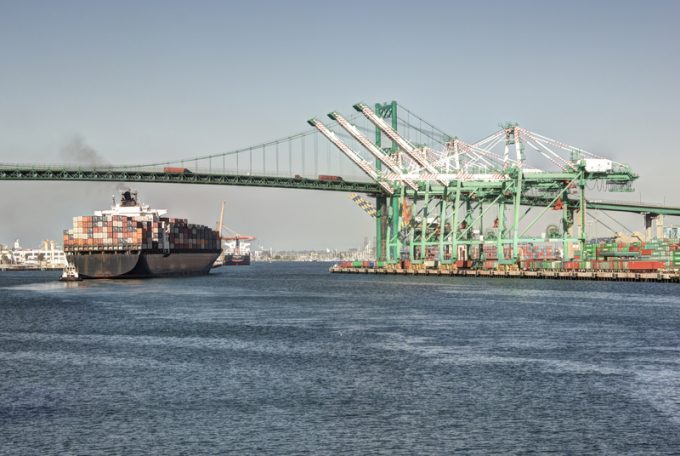Congestion at Asian and European ports keeping charter rates firm
UPDATED TO CHANGE ECONDB DELAYS FROM VESSEL WAITING TIMES TO CONTAINER DWELL TIMES. Bottlenecks at Asian ...

As the epic congestion at the largest marine gateway complex in the US shows no signs of abating, container lines are looking increasingly for west coast alternatives and are diverting vessels, or changing the order of port calls.
Transpacific sailings that avoid Los Angeles and Long Beach (LA-LB) are arriving, and Oakland and the Tacoma-Seattle Northwest Seaport alliance have reported advanced talks with carriers about new services.
“Carriers are diverting some vessels or changing the order of ports of call to try and fit into a slot ...
Outlook for container shipping 'more uncertain now than at the onset of Covid'
Shippers warned: don't under-value US exports to avoid tariffs – 'CBP will catch you'
Cancelled voyages take the sting out of spot rate declines this week
Teamsters union vows UPS will be 'in for a hell of a fight' over jobs cull
New Houthi warning to shipping as rebel group targets specific companies
K+N CEO unveils impact of US import tariffs on China-origin goods
Blanked sailings in response to falling demand 'just a stop-gap solution'
CMA CGM to reflag box ship as the French carrier eyes growing Indian market
More pressure on transpacific rates as carriers bet on a China-US trade deal
Boeing looks to resell up to 50 aircraft rejected by Chinese buyers
'Strong start' to 2025, despite market uncertainty, says Kuehne + Nagel
US Customs chaos means 'more downside risk than upside potential' for air cargo
Taiwan ministries act to mitigate effect of trade war on agriculture exports
Wan Hai joins box shipping 'arms race', but avoids Chinese yards for newbuilds
MOL signs up with Climeworks for direct air carbon capture and storage

Comment on this article